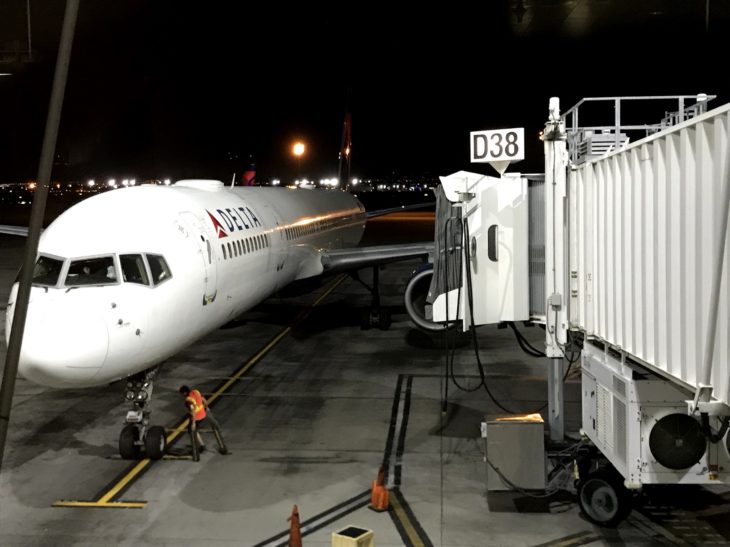Wide-body vs narrow-body aircraft differences vary based on aircraft. As commercial aviation has evolved over the past 65 years, airplane manufacturers have made a variety of models. Today the industry is mainly defined between two types; narrow-body (also known as single aisle) and wide-body (also called twin aisle) aircraft.
The most notable difference between the two types is the width of the aircraft fuselage, which varies greatly across manufacturers and models.

Diving in, the narrow-body Boeing 757 has an external width of 12 feet 4 inches, while a Boeing 777 is 20 feet 4 inches. However, aircraft length can be similar between a narrow-body and wide-body. The Boeing 757-300 is 178 feet and 7 inches long while a Boeing 767-300ER is slightly longer at 180 feet and 3 inches.
Airlines select specific aircraft for each route by taking into consideration many factors including flight distance, passenger capacity, and airport facilities. Until recently narrow-body aircraft were used for shorter flights. Airlines are operating them on flights as long as eight hours. GOL airlines is using a new 737 Max to fly from Brazil to Florida, a distance of over 3,700 miles.
Narrow-body aircraft can be as small as a single seat on each side of the aisle like a Beech 1900. More common however is three seats on each side of the aisle which is found on several Boeing 737 and Airbus A318/319/320/321 variants. Additionally, layouts can include one by two such as the ERJ-145. On the Airbus A220 you’ll find two by three configuration.

Wide-body aircraft are very spacious and often used for international flights that travel far distances. The most recent model from Boeing is the 787. Airbus launched the A350 in 2015. Most layouts are either nine or ten seats abreast but can be as little as seven.
In the United States, United, Delta, and American operate wide-bodies on select routes. You’ll find 767’s and A330’s when flying Delta between LAX and JFK. On American, you can find Boeing 787’s between LAX to DFW.
With new aircraft improvements and more passengers traveling, both types of aircraft should be around for a long time. Currently the only commercial narrow-body to fly from North America to mainland Europe is the Boeing 757. However more airlines are looking to utilize new narrow-body aircraft for Atlantic crossings in the near future.


Leave a Reply